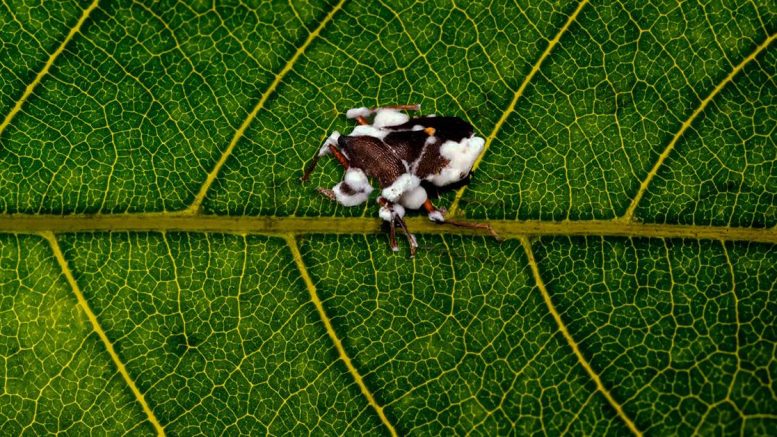“Biologicals were seen as a complementary tool. Today, this has changed, and they have become an essential tool…”
Simone Velozo is portfolio coordinator at the Brazilian Company for Industrial Research and Innovation – EmbrapII, was a laboratory supervisor at Iharabrás and product development coordinator at Lallemand. Velozo is a biologist from Unisagrado, MSc and PhD in plant protection from Universidade Estadual Paulista.

Simone Velozo, portfolio coordinator at EmbrapII
Biological control in Brazil presents an exponential growth, in the magnitude of 30% per year, that exceeds the global average of approximately 14%. Formulated products based on fungi that control insects (mycoinsecticides) play a large part in this growth. Biologicals were seen as a complementary tool. Today, this has changed, and they have become an essential tool, part of the farmer’s daily life.
The number of mycoinsecticides registered in Brazil has more than quadrupled in just 6 years. Between 2017 and 2018, there were about 40 records, covering three species of fungi: Metarhizium anisopliae, 63%, Beauveria bassiana, 34% and Cordyceps fumosorosea, 3%.
Today, we have 196 products already registered, and several in the development and registration phases. Of these products, 39% are based on B. bassiana, 36% on M. anisopliae, 19% on B. bassiana + M. anisopliae, 4% on C. fumosorosea, 1% on Cordyceps javanica, 1% on Metarhizium rileyi and 1% of B. bassiana + C. javanica, acting mainly to control whiteflies (Bemisia tabaci), pasture leafhoppers, coffee borers (Hypothenemus hampei), sugarcane boll weevil (Sphenophorus levis), banana tree weevil (Cosmopolites sordidus), citrus psyllium (Diaphorina citri), mites, etc.
In addition to this growth, there was also a diversification of species and the emergence of new technologies, such as the possibility of using two species of fungi in the same product, creating a product with a broad spectrum of action.
With the increase in the search for and use of these tools for managing insect pests, there was greater training and learning for researchers, consultants and farmers, consolidating the transfer of technology.
Partnerships between universities and research institutions with companies in the sector accelerated product development. I see this as a two-way path, where academic research is remodeled to develop innovative solutions and companies transfer practical knowledge and solutions to farmers.
The way of developing biological products has changed with the advancement of research. Previously, companies focused on the amount of biomass (conidum/concentration) within the product. Today, the market already understands more about the quality of the microorganism produced, about the virulence of the strains. Companies see the need to have products with greater diversity of strains and species, better formulations, in addition to seeking other technologies, through studies on genes (genomics) and secondary metabolites (metabolomics), for example.
Fungi have been present in crops since the beginning of agriculture, but there is still a lot of potential to exploit them. We must address our lack of large-scale automated production methods to serve this entire market. We need products with a longer shelf life for certain species and propagules, a greater range of currently uncontrolled targets, greater compatibility of microorganisms with existing methods and products. We must prospect for new species/strains and even innovate in producing fastidious species in artificial medium.
We need to get to know microorganisms better, to understand what their real needs are. I am optimistic in saying that Brazil is moving towards filling all these gaps and innovating, becoming a great world reference in biological control.
READ MORE:
Anvisa Approves More Than 94% of Pesticide Evaluations

